A heavily illustrated article inside the March 1898 issue of Munsey’s Magazine caught my eye so I’ve scanned all of the images to share with you here. The unattributed article is titled “The Tall Buildings of New York” and goes on to talk about early skyscrapers at a time in which there was great wonder at the rapid progression from the 10 story skyscraper to those of 20 to 30 stories in height.
While the article concedes Chicago should be credited with the first of the skyscrapers in the 10 story Home Insurance Building built there in 1885, it concentrates on New York because the skyscraper had become imperative to the city’s continued growth. Towards the close of the 19th Century, New York was simply running out of room.
According to the anonymous author “predictions were freely made that the days of New York’s supremacy were numbered.” The demand for space had grown to such a degree that rent became prohibitive and businesses turned to other locations.
The 1898 article comes at a time where the skyscraper has only recently established its place in the American imagination. In the skyscraper “modern architecture has evolved its first great distinctive type,” comparing it to the tombs of kings constructed in Ancient Egypt and the gothic cathedrals of Medieval Europe.
People used to seeing buildings erected one floor at a time, one on top of the next, stopped in wonder as the building process reversed itself before their eyes. Now the first thing they saw were steel frames stretching into the sky; masons and bricklayers only showed up to ply their trades afterwards.
Until the development of the steel frame method buildings other than simple towers or spires could only stretch 8 or 9 floors high at most. The weight of higher levels made going any higher prohibitive.
The following 15 illustrations from the March 1898 Munsey’s article show the landmark skyscrapers of New York, 1898:
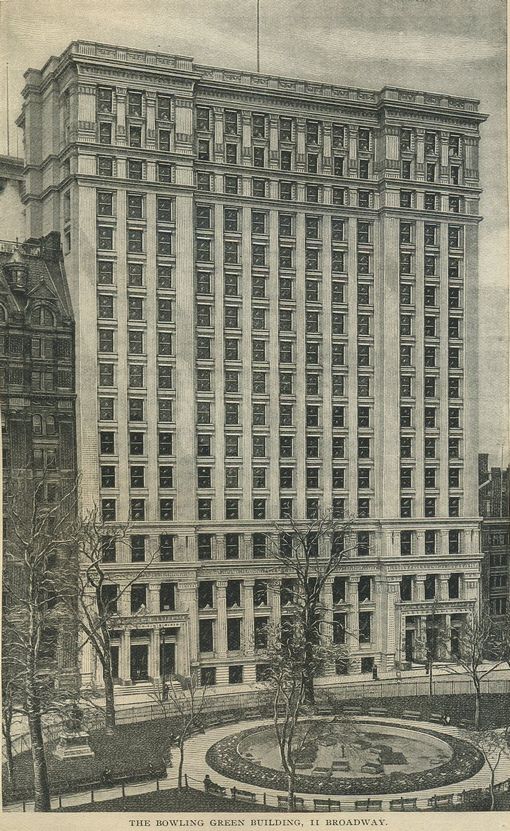
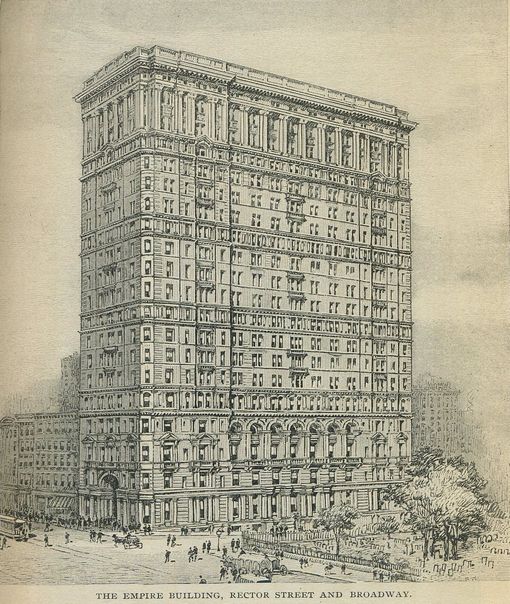

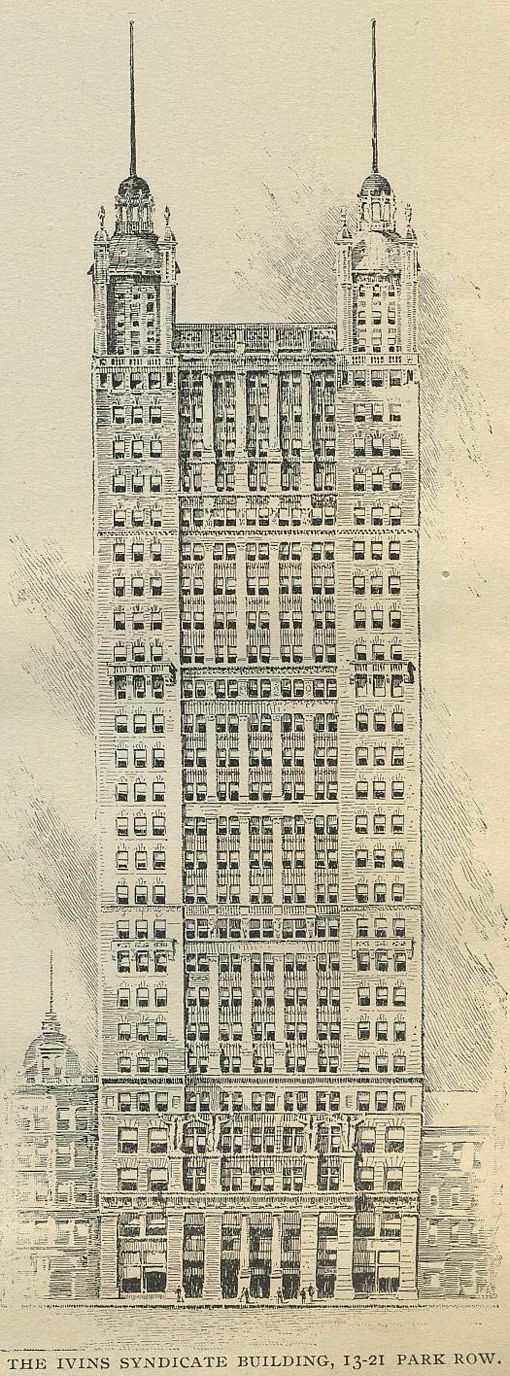
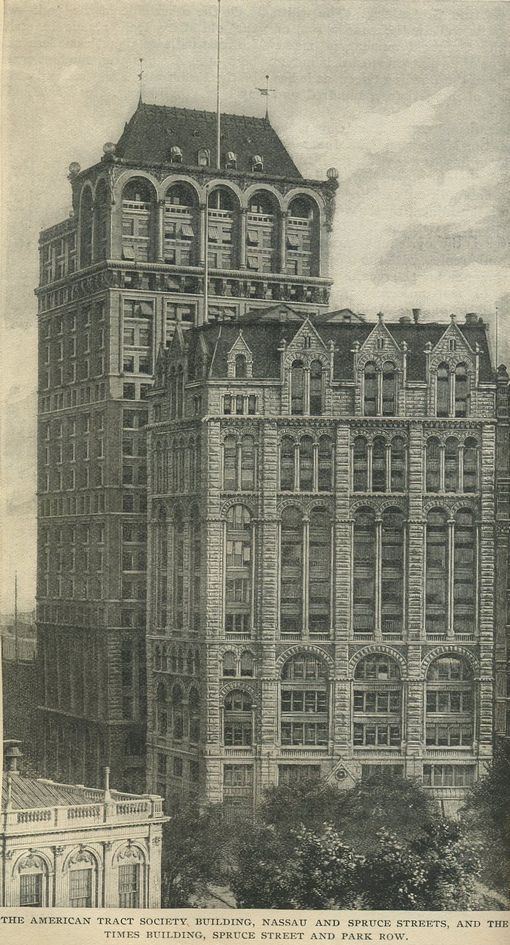
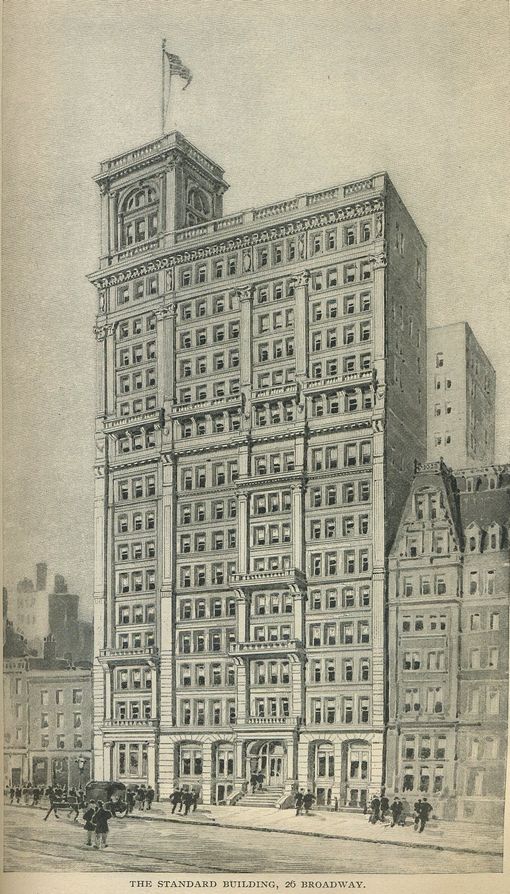


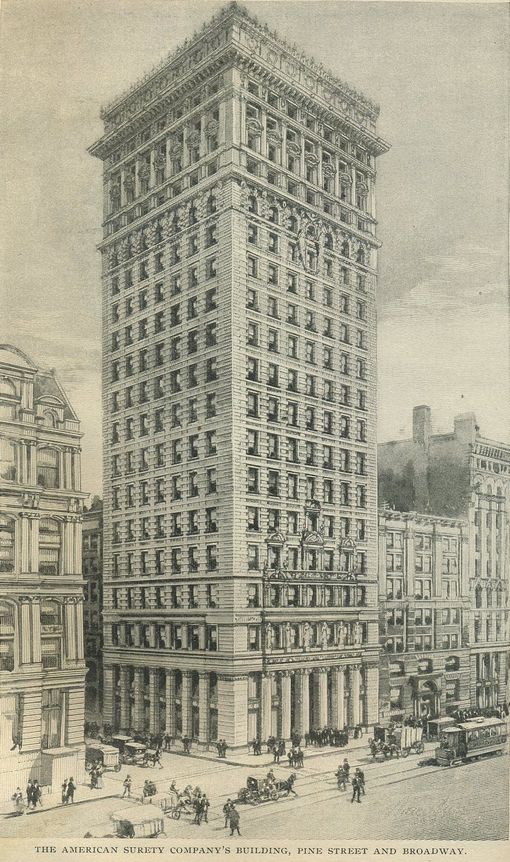

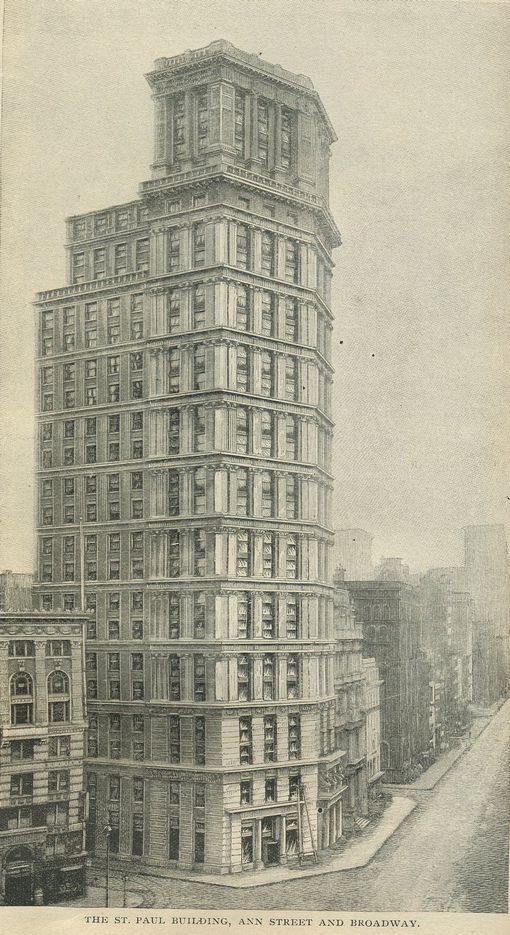
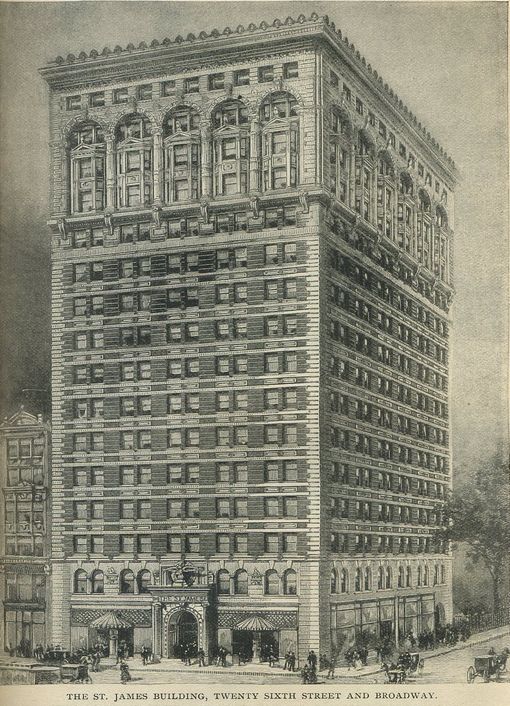
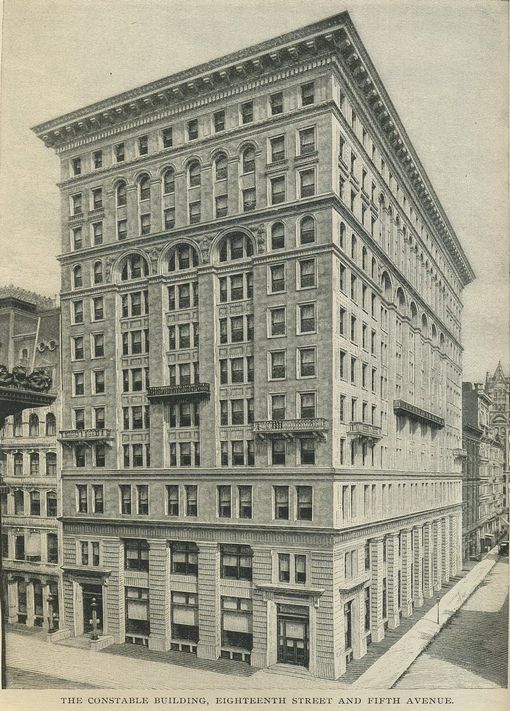
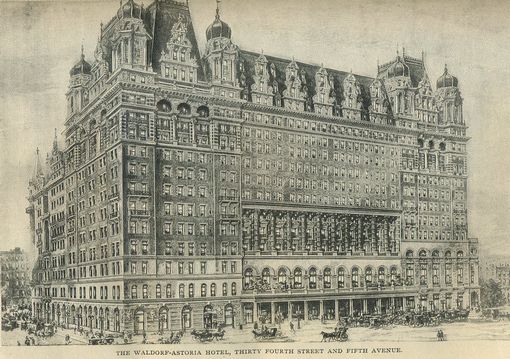
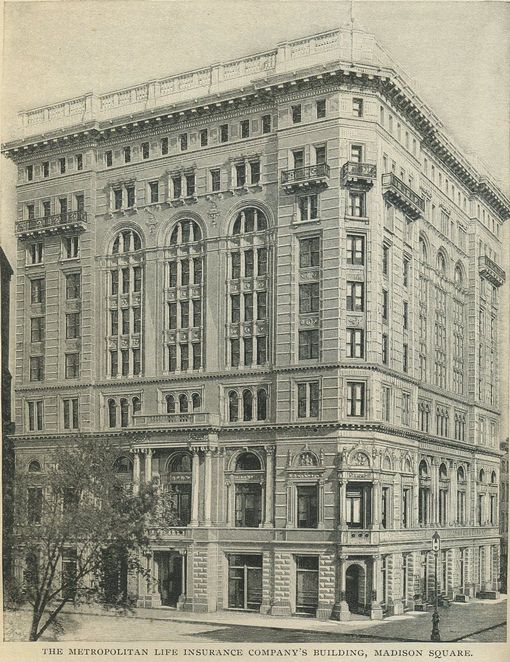
Source:
“The Tall Buildings of New York.” Munsey’s Magazine. March 1898: 833-848.
[message type=”custom”]Just another reason why you should be Collecting Old Magazines – Subscribe Here[/message]
